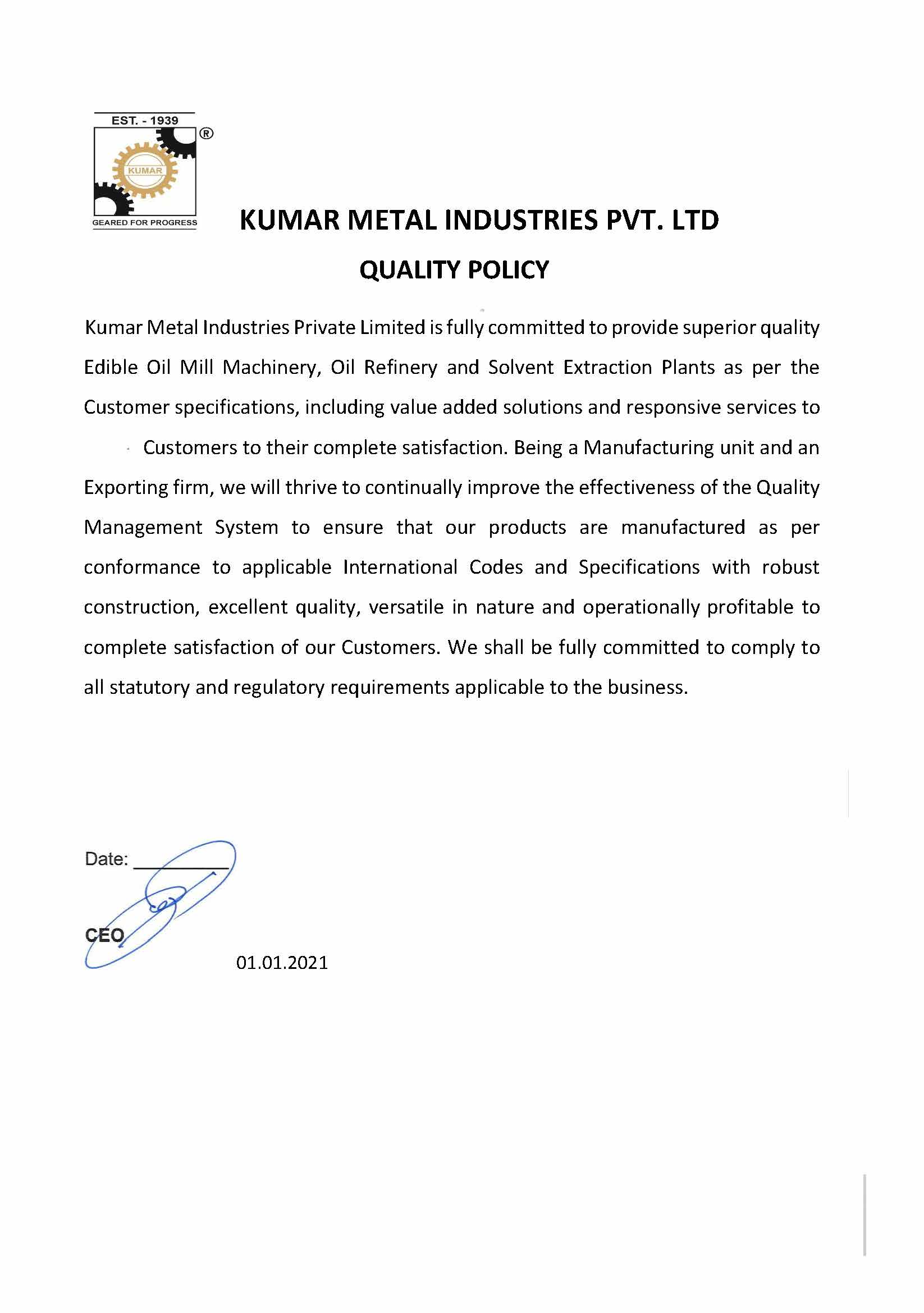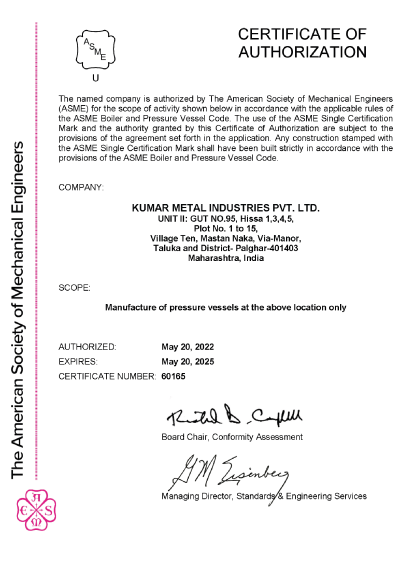
Solvent extraction is the most widely used method to extract oil from oil-bearing materials. While rice bran oil is generally obtained using exclusively the solvent extraction method, other oils and fats like castor oil, sunflower oil, groundnut oil, shea butter and cocoa butter are procured through a combination of mechanical pressing using oil expeller machines and solvent extraction using oil extractor machines.
Distillation is a critical part of the solvent extraction process, so it goes without saying that your solvent distillation plant is an integral part of your array of equipment. This blog article will help you make an informed purchase decision when it comes to a steam distillation plant, but before we get into the specifics of investing in a solvent distillation plant, let’s take a look at the solvent extraction process as a whole and the role that distillation plays in it.
What is solvent extraction? What are the steps involved?
Along with mechanical extraction, solvent extraction is one of the most popular techniques of extracting oil from plant-based oil-bearing materials. Mechanical extraction results in comparatively high quality oils, like virgin coconut oil, and also involves a relatively low CAPEX investment. But when producing oil at scale, especially from oil-bearing materials which don’t have a very high oil content, it is cheaper and more convenient to rely on solvent extraction. Often, a combination of the two methods is used to reap the benefits of both.
The name gives it away: solvent extraction makes use of a solvent, most commonly hexane, to extract oil from oilseeds. Modern processes allow you to achieve oil yields greater than 95%, recovering over 95% of the solvent as well. This makes the leftover meal suitable to be used as animal feed, while the recovered solvent is circulated back into the system for reuse. With high yield and minimal waste, the efficiency and sustainability of this process is indubitable.
Hexane is fairly toxic. So every once the oil has been extracted, every step prioritises the removal and recovery of this solvent for reasons of consumer and environmental safety, not to mention the economic benefits of repurposing the solvent. The desolventizers, and the evaporators and condensers which make up a solvent distillation plant all aid the solvent recovery process, with each piece of equipment incrementally increasing the purity of the meal and the oil that result from this process.
But even before hexane is added to the oilseed to begin the extraction process, the oilseed goes through a preparatory process which may involve cleaning, dehulling, cracking and/or flaking. This is done with the end of increasing the surface area of the oilseed which can come in contact with the solvent.
In the oil extractor machine, the prepared solids are brought into contact with the solvent, allowing the oil to dissolve in the solvent, forming an oil-solvent miscella. Now the solid and the miscella are the two products that emerge from this process, and both of them have to be rid of the solvent that they carry. The solid is transported to a desolventizer, where steam is used to remove hexane. The miscella, on the other hand, makes its way to the solvent distillation plant.
In a steam distillation plant, or a solvent distillation plant, hexane is recovered in multiple stages - ideally, three stages of vacuum as is done by Kumar’s solvent distillation plants. This step makes use of an evaporator, heater, and vapour condensing unit. The miscella makes its way to the evaporator via an economizer, where part of the solvent is recovered by using the heat of vapours emerging from the desolventizer. Then come the evaporator, heater and condenser which make up the steam distillation plant and achieve an incremental concentration of miscella at a specific rate. The final stage involves the use of steam under a higher vacuum of 700 mmHg (which is why a solvent distillation plant is often also referred to as a steam distillation plant), permitting distillation at a lower temperature and minimal damage to the oil. This is the stage during which maximum solvent is recovered from the oil-solvent miscella. From here, the oil moves on to further refining or purification stages, while solvent traces from outgoing vapours are recovered in the next step.
Investing in a solvent distillation plant: Things to keep in mind
Now that you’ve had a look at the solvent extraction process and the crucial role that a good solvent distillation plant plays in procuring a high quality, pure oil with maximum solvent recovery, what’s your next step? Choosing a solvent distillation plant for your own facility, of course. This handy guide will help you tick all the right boxes as you embark on your purchase journey:
- Distillation plant cost
No matter what machine you want to buy or what industrial process you’re involved in, your CAPEX investment is an important factor to consider. This means considering distillation plant cost before purchasing one. Invest in a solvent distillation plant which fits your budget and is economical in the long run. This means that you should also take a long-term look at your operating costs, taking into account the cost of maintenance and potential repairs.
- Long service life and minimal repairs
This brings us to the next most important thing to consider: longevity of your equipment. In order to make sure that you get a long service life from your steam distillation plant, look for one with minimal repair and maintenance of wear and tear parts. Kumar’s distillers, for instance, are constructed with a special steel alloy and the components are guaranteed to be durable as they are specially treated to ensure longevity. Even the evaporators’ tubes are designed in a way which lowers deposition of sludge, minimising the need for frequent maintenance and cleaning. So even if you shell out a little bit more upfront, remember that in the long run, it will work out to be the more economical decision.
- Allied machinery and accessories
As we’ve seen, solvent distillation is not a process which is carried out in isolation. Though integral to the extraction process, distillation is only one of many steps that must take place. Accordingly, your solvent distillation plant is only one of a number of pieces of equipment you’ll need. Seek out equipment partners who can provide you with compatible allied machinery and accessories like an oil press machine, oil extractor machine, desolventizer toaster, meal cooler, miscella hopper, hydroclone and spray distribution system.
- Quality
All said and done, procuring an oil of high quality should be your topmost priority. Kumar’s distiller allows for lower heat retention and maximum heat transfer, thereby enhancing oil quality.
- Optimum solvent recovery
Keeping in mind constraints of distillation plant cost and type of oilseed, procuring the best quality oil is also dependent on recovering as much solvent as possible from the miscella (as well as from the meal or cake). Kumar’s equipment is ideal for this; the stripper is designed for proper film formation and solvent removal; the dryer is equipped with a spraying system to remove solvent traces and dry the oil before discharge; and the condensers provide optimum solvent condensation at reduced vacuum.
- Sustainability - minimal effluent discharge
Sustainability is at the core of everything that we do at Kumar Metal Industries. In the oil extraction process, this means minimal effluent discharge. It means a highly efficient cyclone-centrifugal separator type fines separation system which reduces utility consumption. And it means preventing solvent loss using an efficient vapour absorption system.
Ultimately, a solvent extraction plant should ideally be run in a manner that is easy on the environment and easy on the pocket. Handling solvents safely, effectively and with maximum efficiency is crucial here.
Thankfully, Kumar’s solvent distillation plant solutions have all these priorities incorporated into their design. Our innovative engineering and unparalleled manufacturing standards will support you as you optimise for efficiency and economy. We ensure a long service life and minimal repair and maintenance needs. We have had the honour of delivering over 600 successful projects to more than 500 satisfied customers around the world. We can help you deliver your next oil extraction or processing project successfully too.
Request a callback
Since 1939, Kumar has been delivering dependable process engineering solutions to the oils and fats industry. We're known for our robustly engineered, versatile, and operationally profitable plant and machinery. It's why customers all over the world depend on us to solve their processing challenges, big or small. If you'd like to know more about our solutions, please fill out the form below:
"*" indicates required fields



















